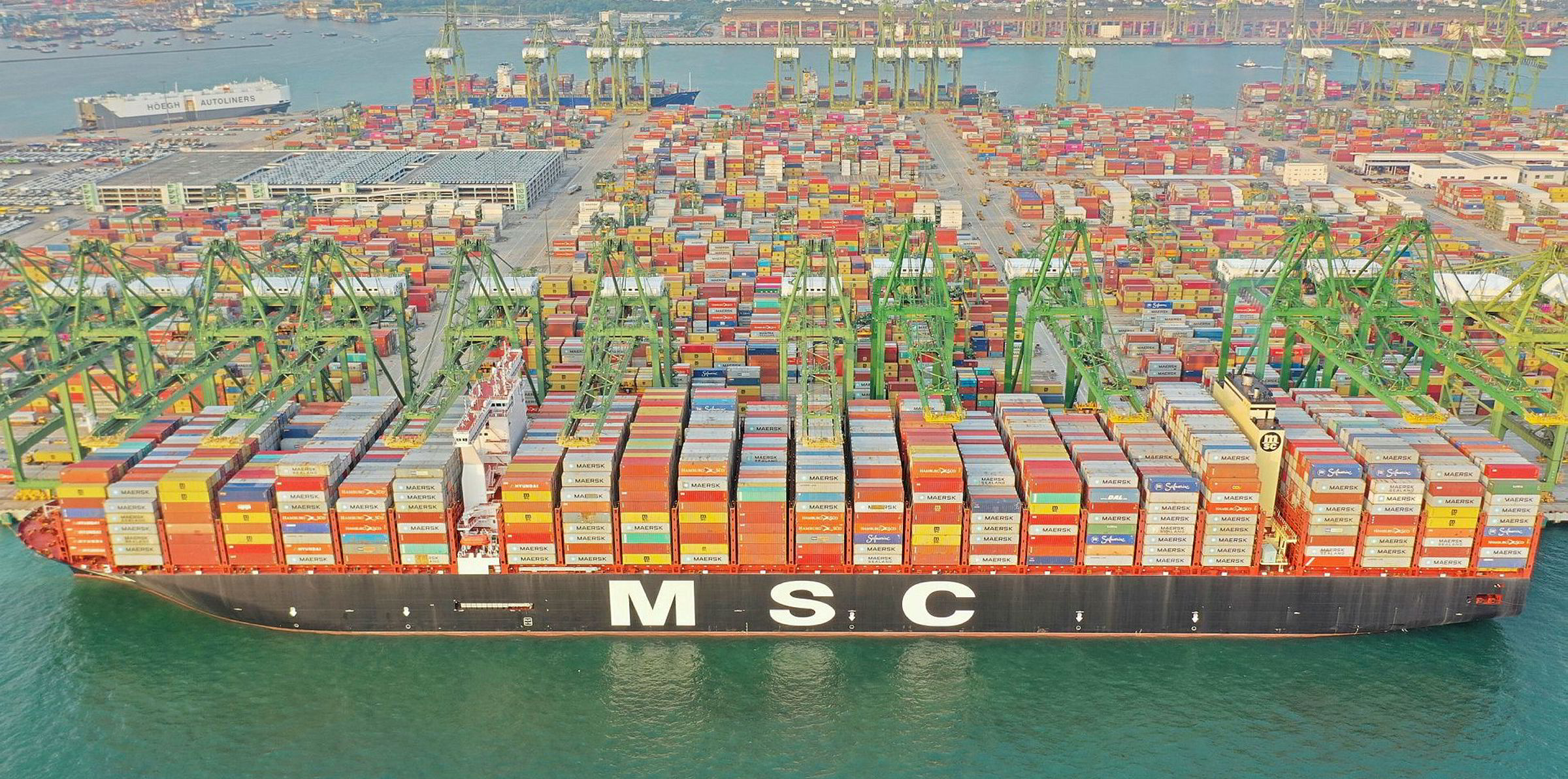While hitting container shipping demand hard this year, the coronavirus pandemic will have a muted impact on the industry’s long-term prospects, according to Seaspan chief executive Bing Chen.
With companies seeking to reduce supply-chain risks amid worsening US-China relationships, many shipping players have anticipated less centralised manufacturing hubs in the post Covid-19 world.
Such development, often referred to as localisation or deglobalisation, would theoretically undercut deepsea shipping demand as more national governments shift focus to home production.
“There is a lot of noise … in terms of localisation or deglobalisation,” Chen told a Capital Link online forum on Wednesday.
“From the container shipping space, we believe the long-term perspective remains the same.”
While stating his belief that localisation will happen, Chen suggested the overall shipping demand might not be hit.
“The magnitude of localisation is logistics business … You will have the change of patterns in some cases, certain factories will move from one country to another,” Chen said.
“Potentially you will create some increases in regional activity on certain routes.”
“From an industry standpoint … it (container shipping) is still a major transportation means.”
But Chen admitted the container trade would grow at a slow pace after rapid expansion for much of this century.
The world’s seaborne container trade volume reached almost 197m teu in 2019, compared with 65.8m teu in 2000, data from Clarksons Research showed.
“The base today is much, much [more] significant than it used to be 20 years ago,” Chen said. “Is that going to continue to grow at the same pace? The answer is no.”
Demand collapse
With his company being the world’s largest tonnage provider, Chen said he believes container shipping lines — Seaspan’s clients — are doing “well” despite the pandemic’s severe impact on business.
Many analysts predict global container shipping volume to decline by about 10% this year, with the world's economy expected to experience the worst recession in nearly a century.
Having pooled their capacities into three alliances in recent years, container lines have responded to the demand collapse by blanking many sailings and idling large tonnage.
These moves have supported freight rates and depressed charter rates for the lines, whose bottom lines are also aided by low bunker prices, according to Chen.
“Liners are much stronger than they used to be, because they consolidate over the past two to three years,” Chen said. “[They] actually work quite well … I think their financials are actually quite good.”
Small orderbook
In addition, Chen suggested the small orderbook would support market prospects for container shipping.
According to Clarksons, the container orderbook accounts for 9.63% of existing fleet in terms of carrying capacity, close to a record low.
With tight financing and regulatory uncertainty due to the IMO’s decarbonisation target, many owners have been reluctant in placing newbuilding orders in recent years.
However, container shipping has seen more uptake of new propulsion systems than some other sectors, with many owners willing to consider LNG-powered vessels for the environmental benefits.
“Half of the [market] participants look at LNG, the others look at traditional propulsion” for their newbuilding projects, according to Chen. “It’s not clear yet.”
“There are technological and also economic considerations that need to be balanced to determine ... which technology, or which propulsion you are going to use.”








